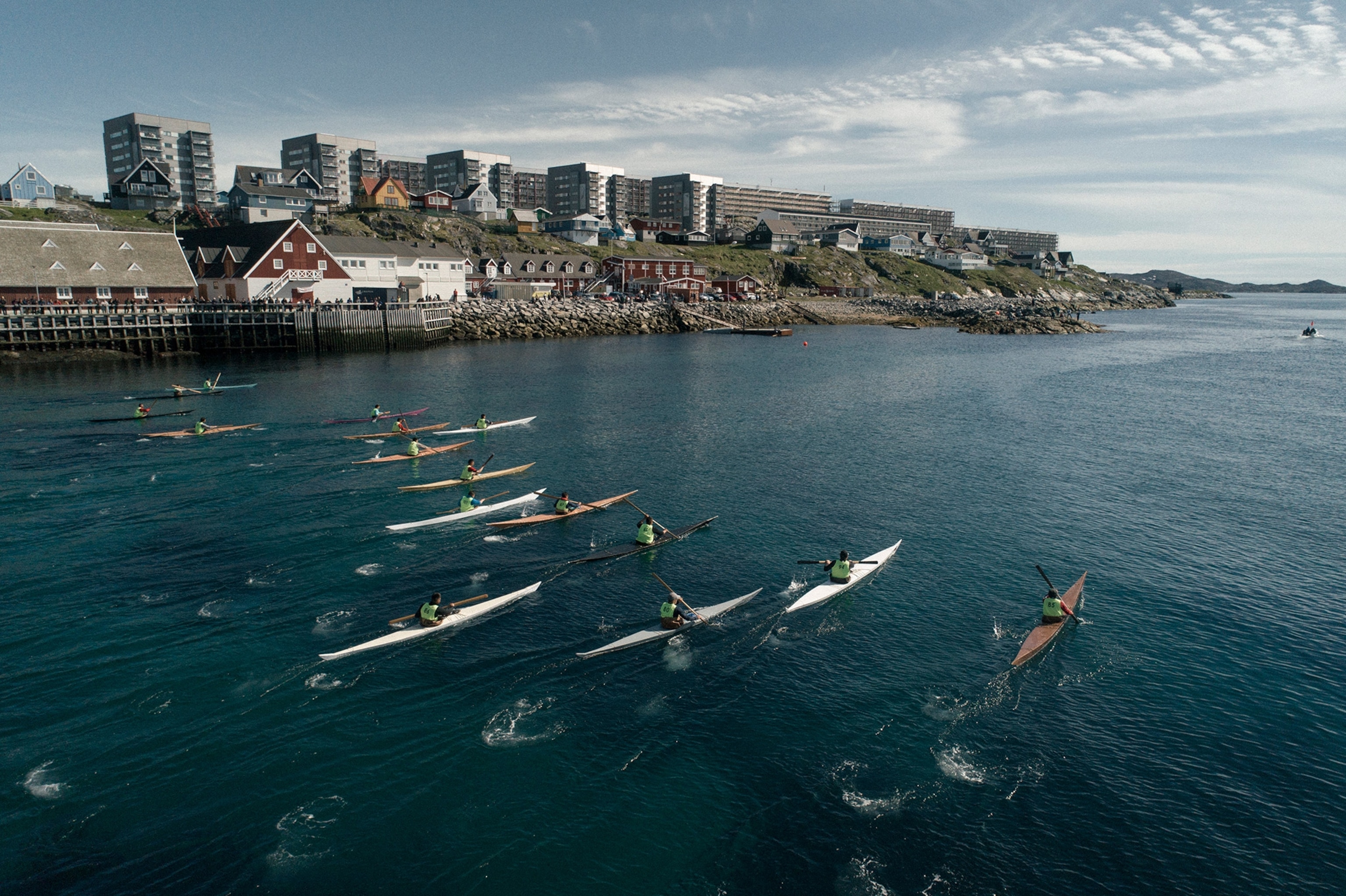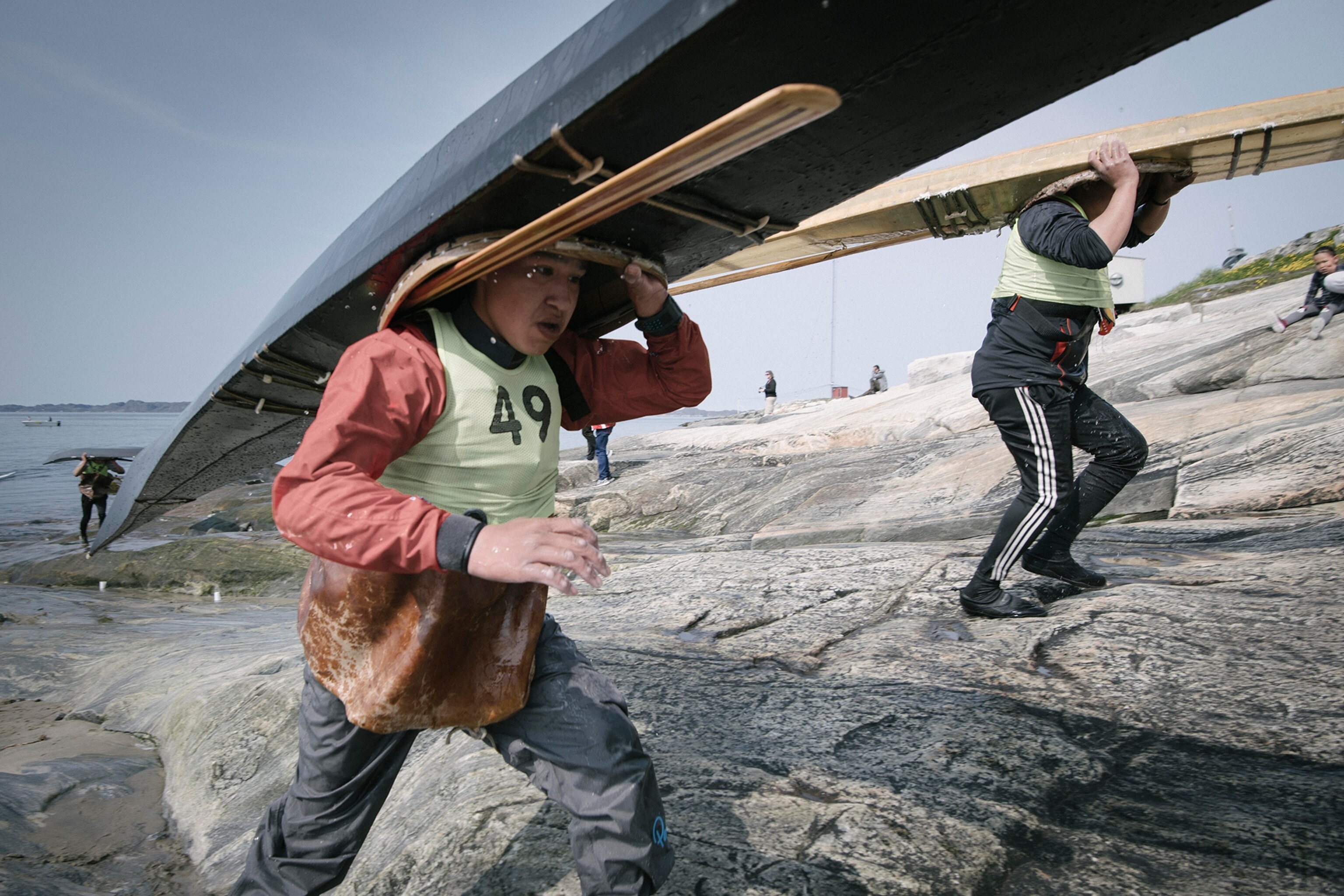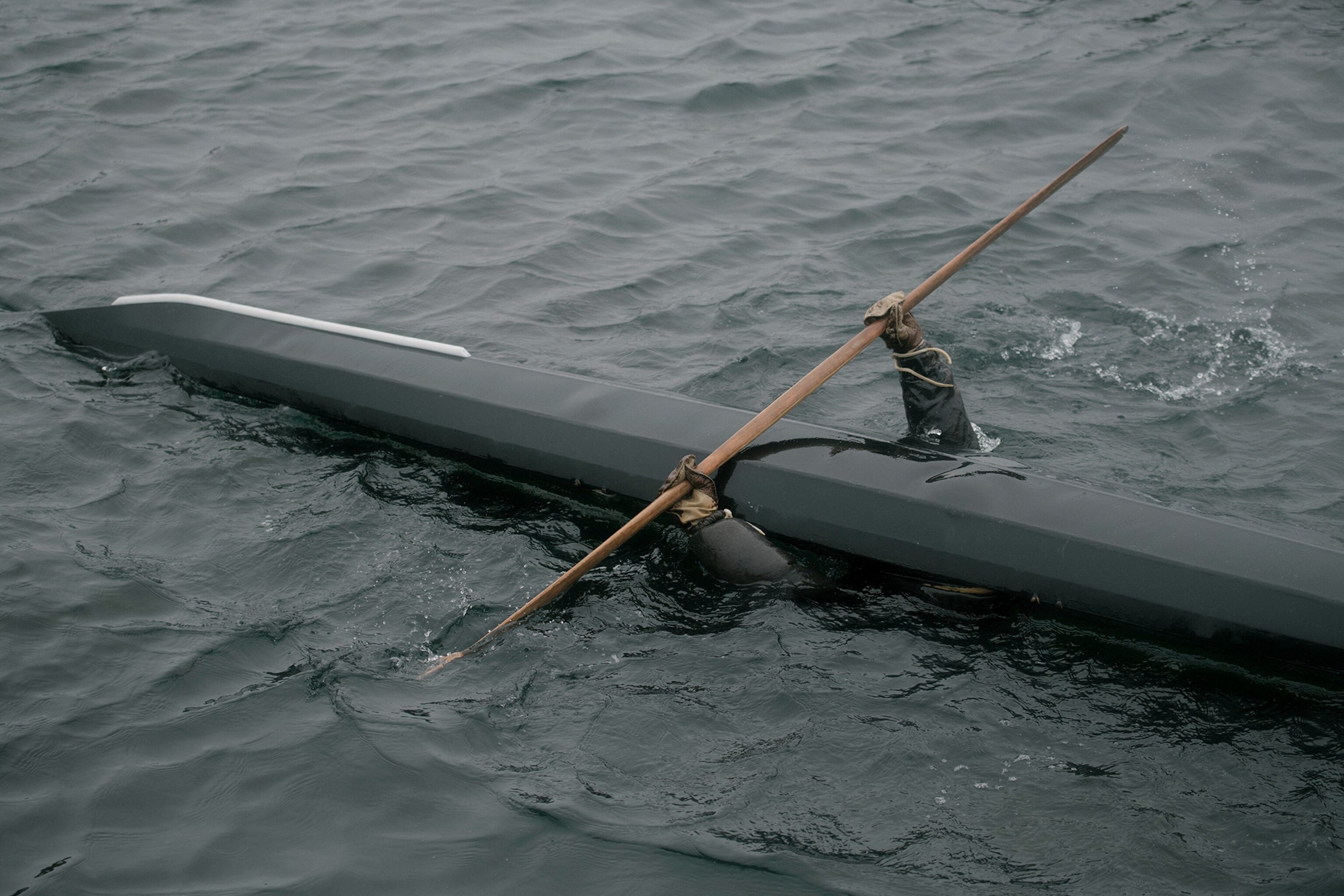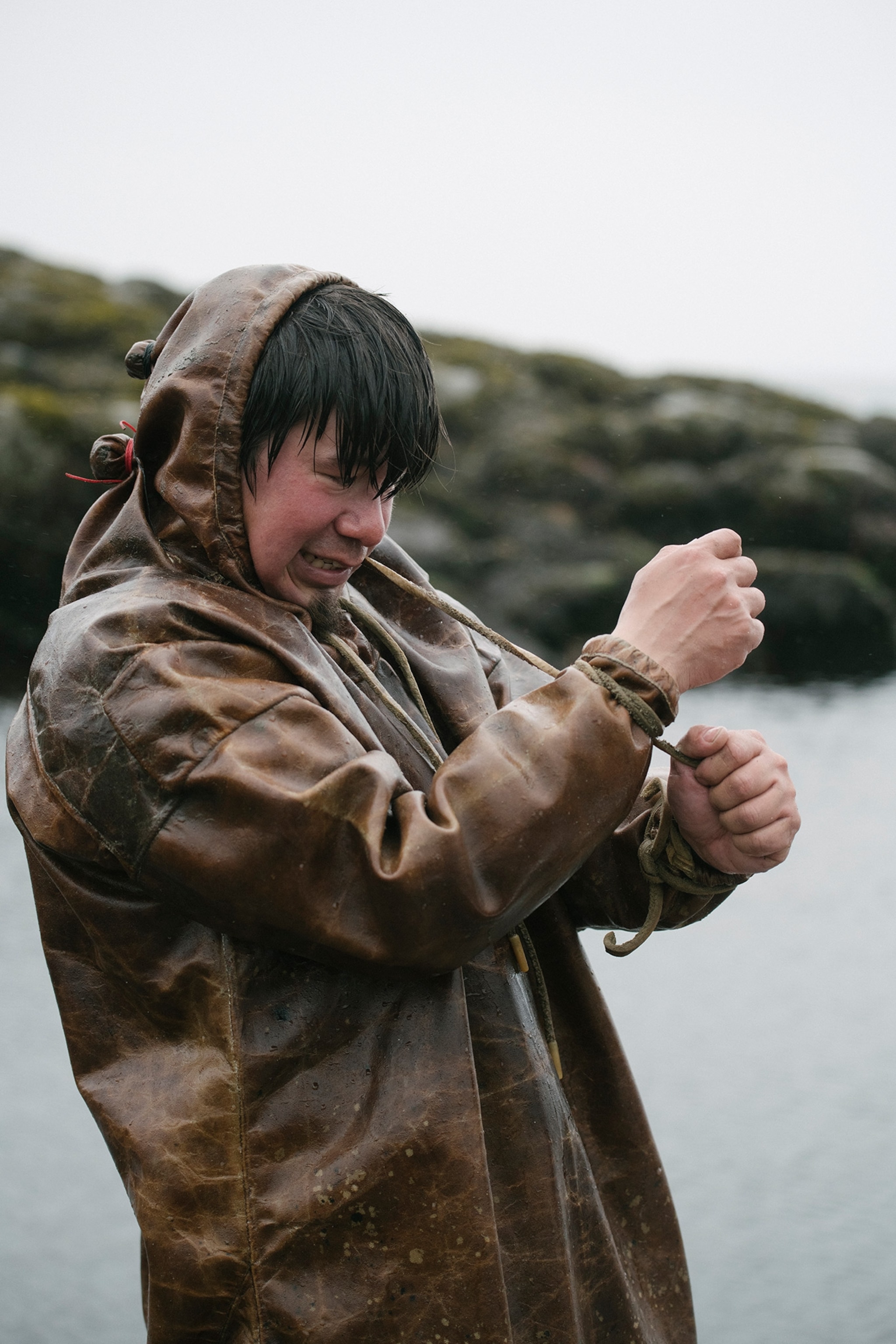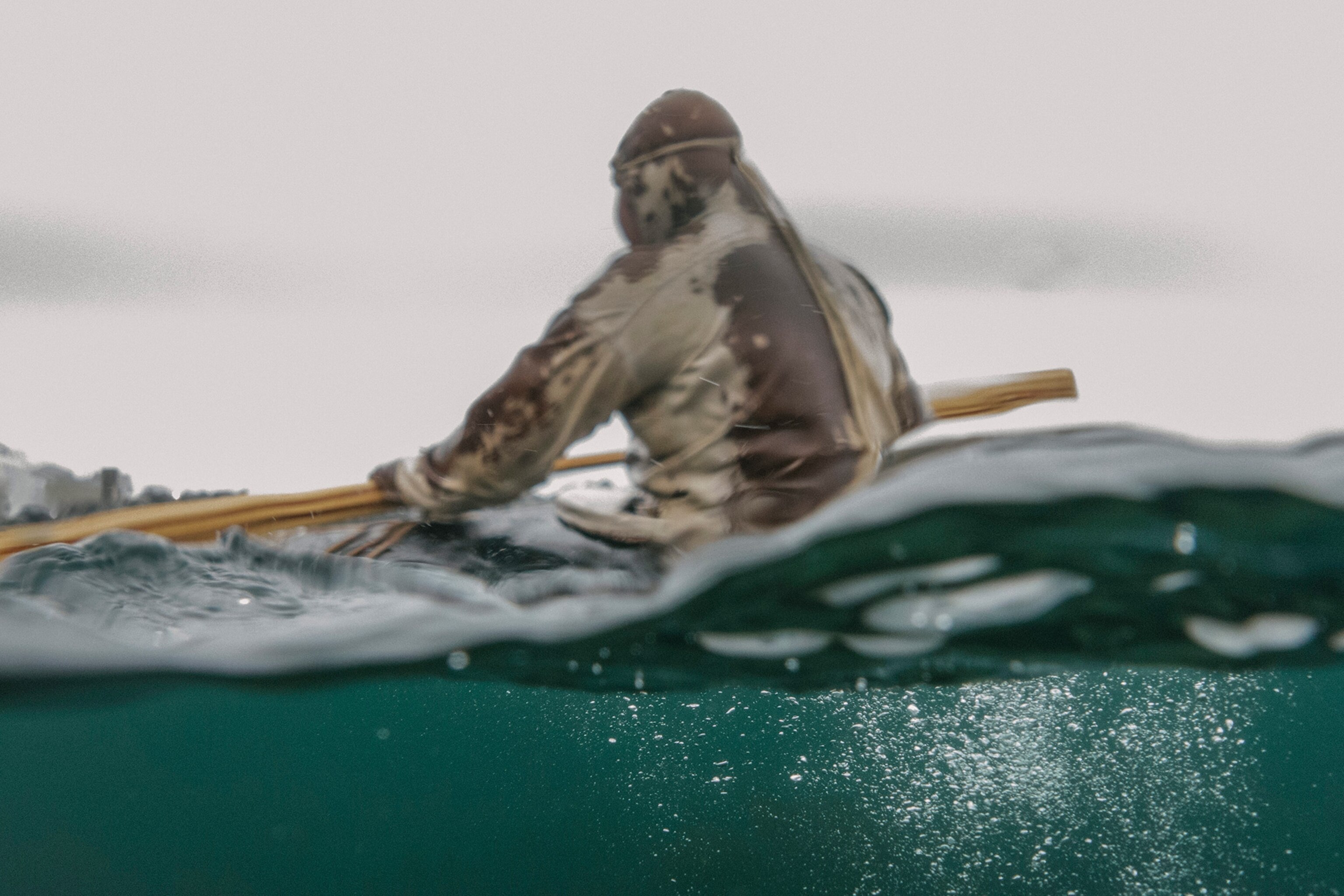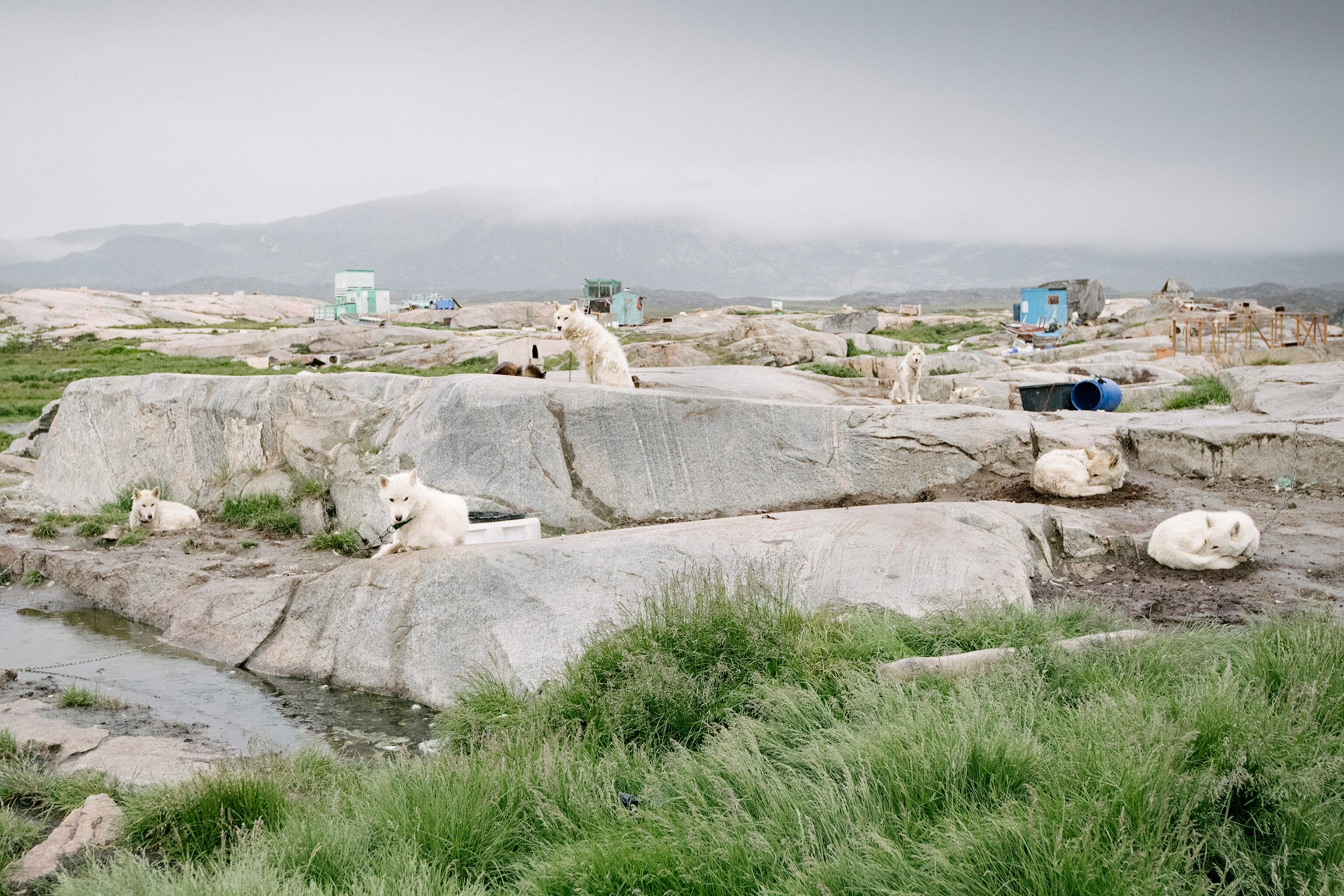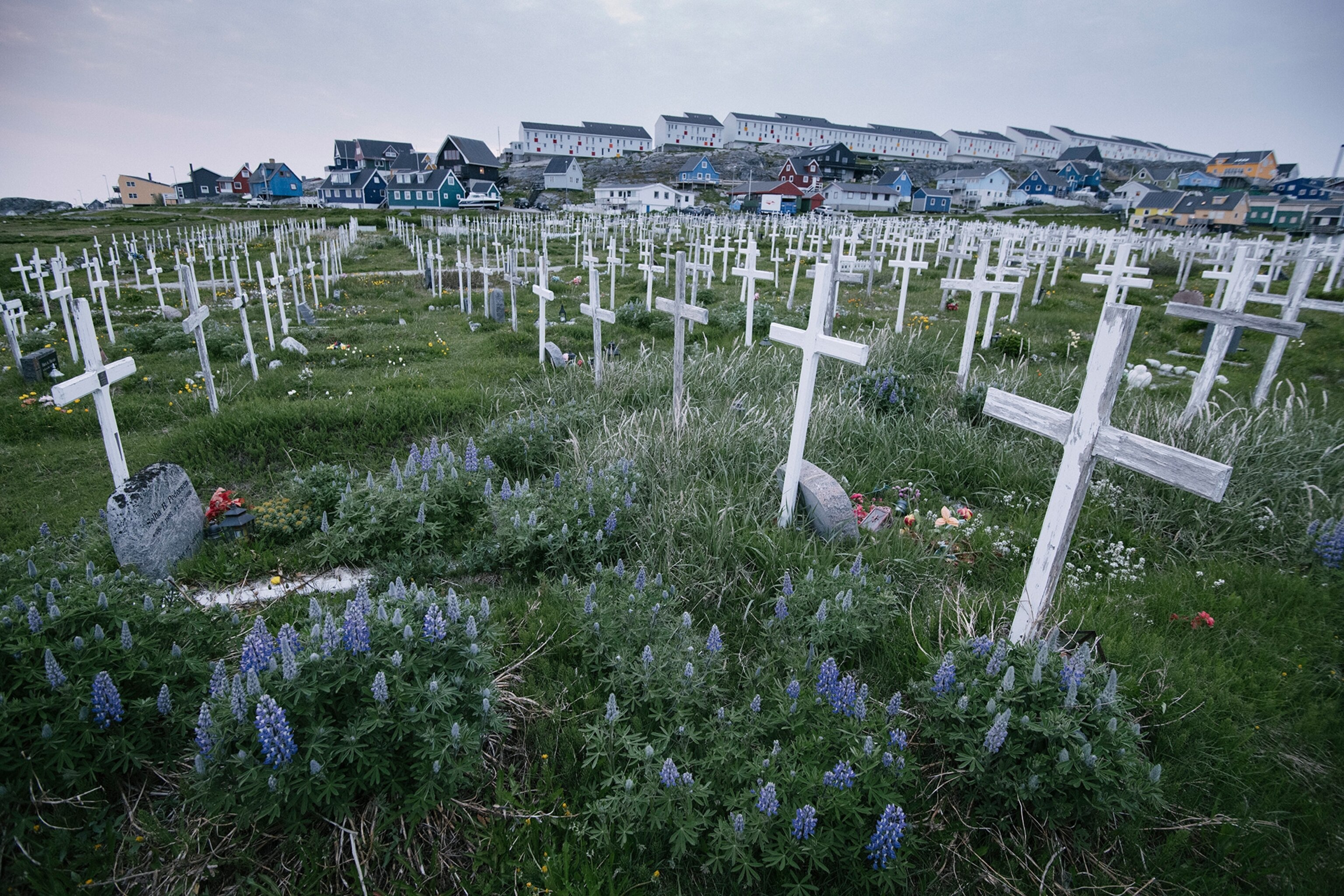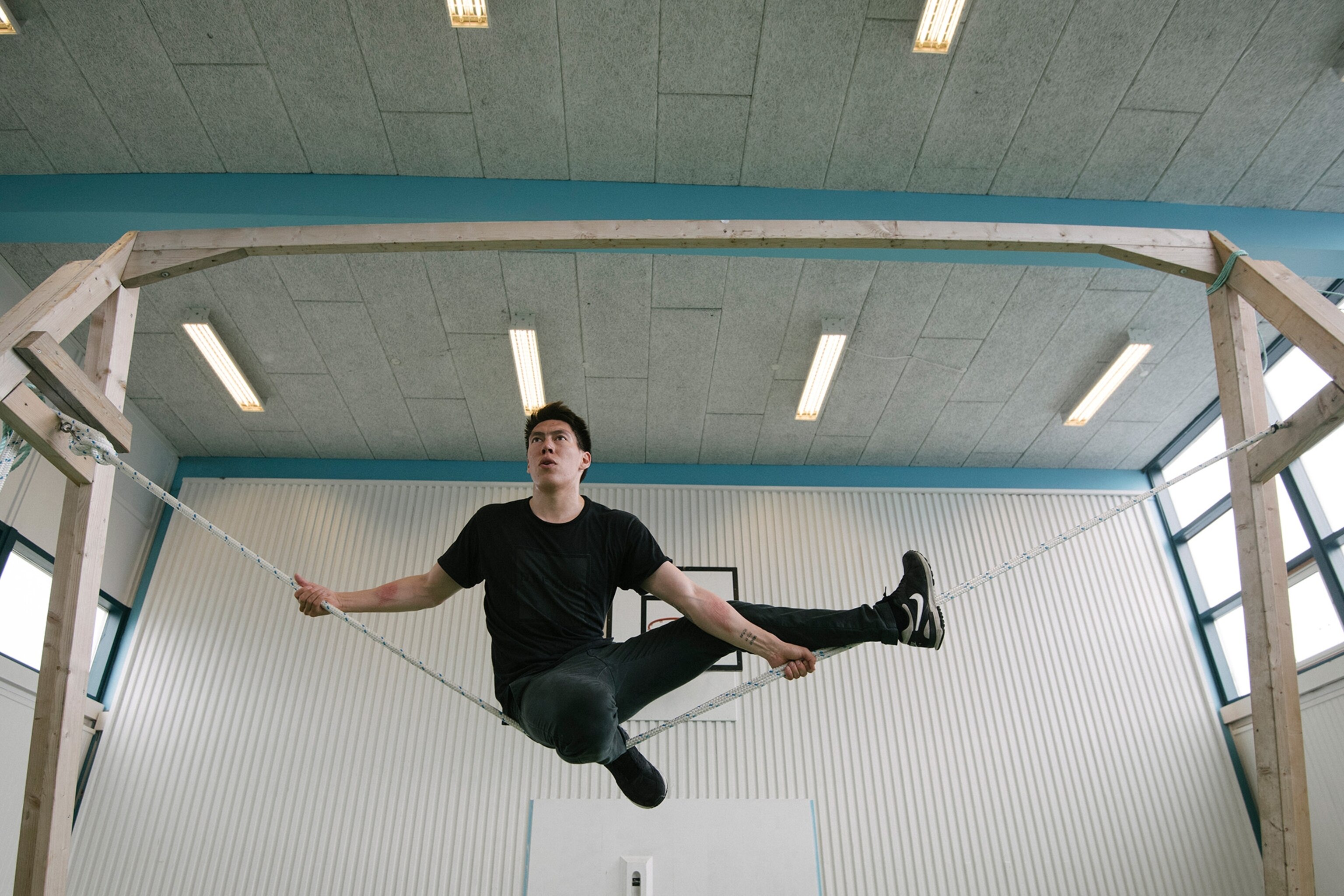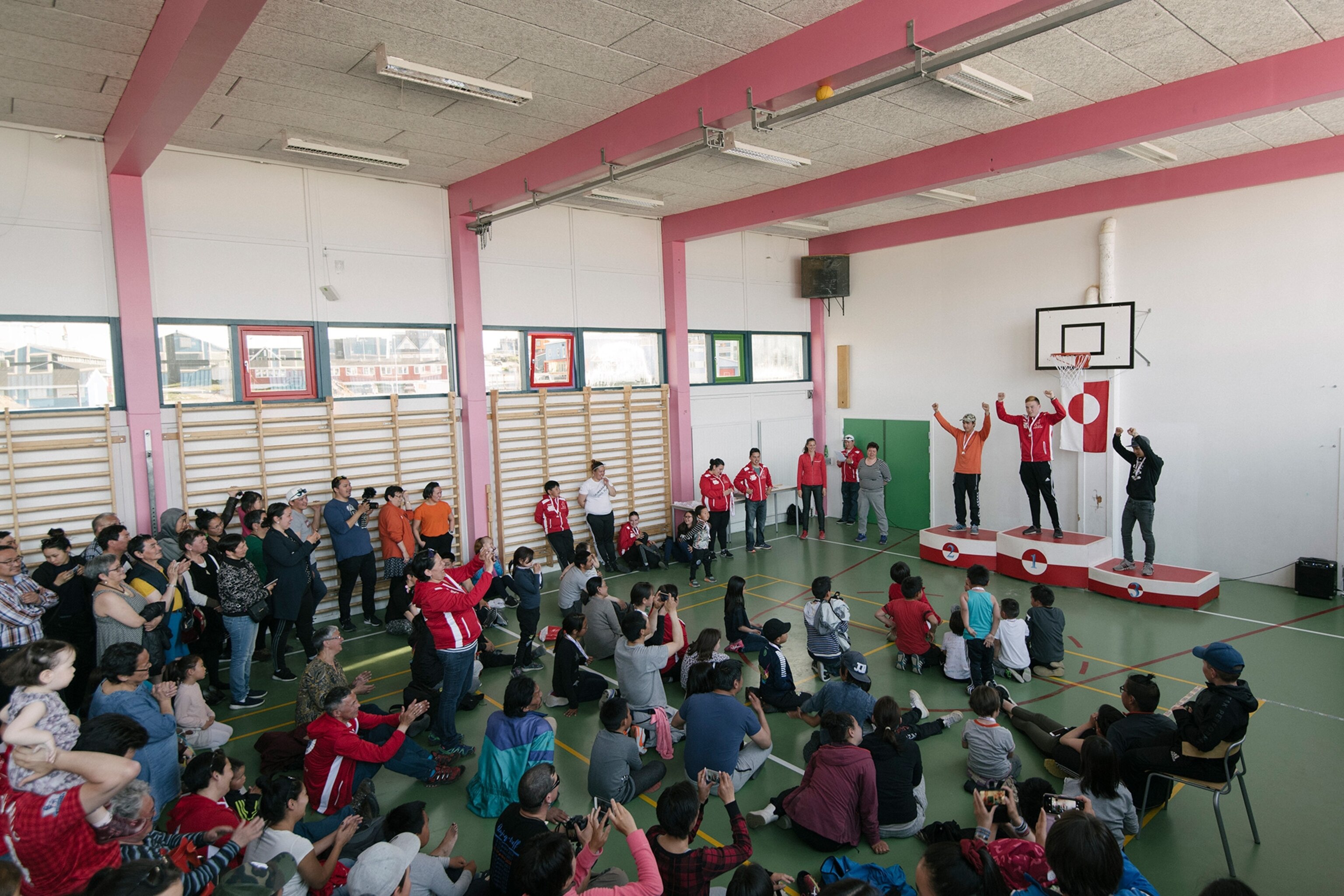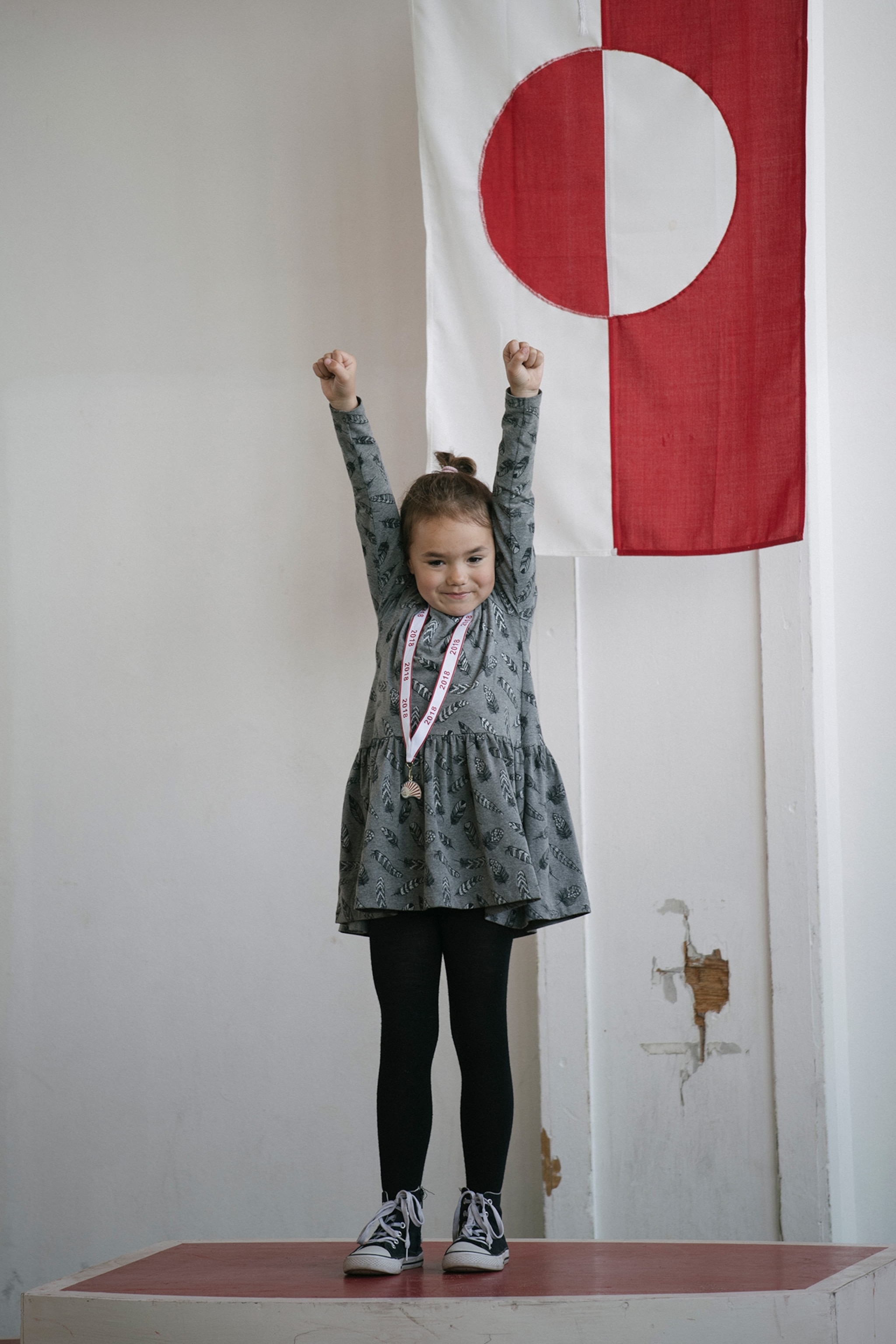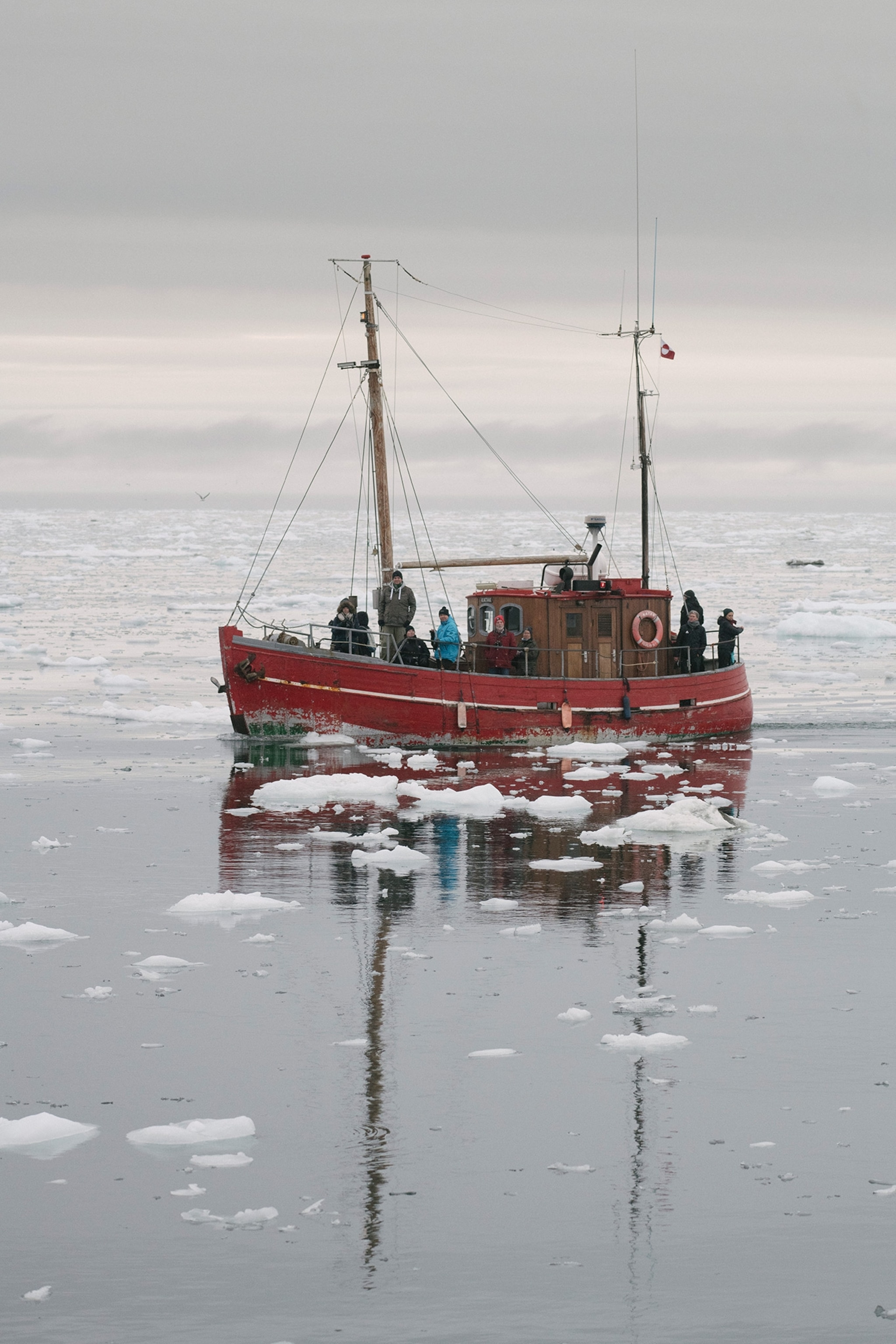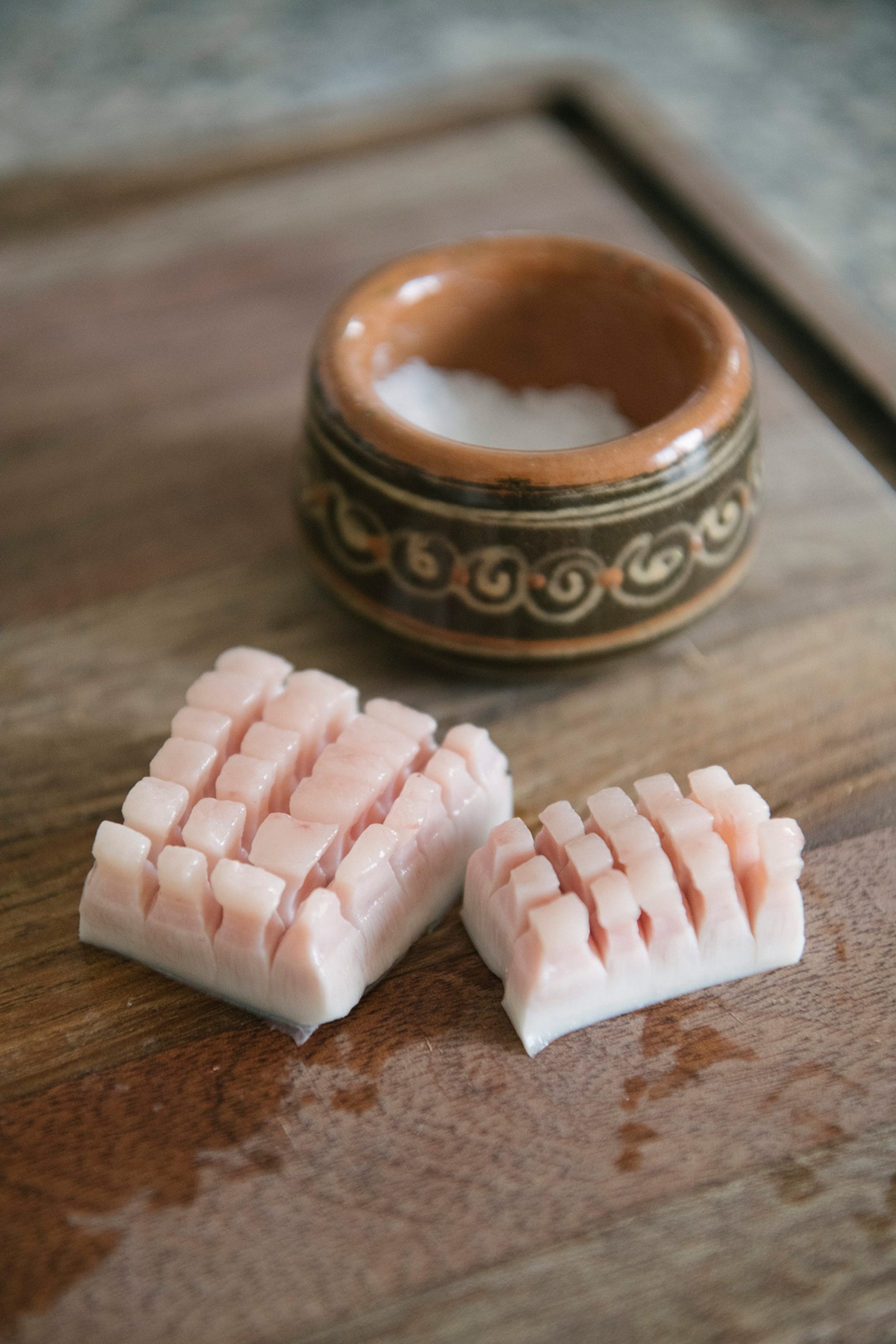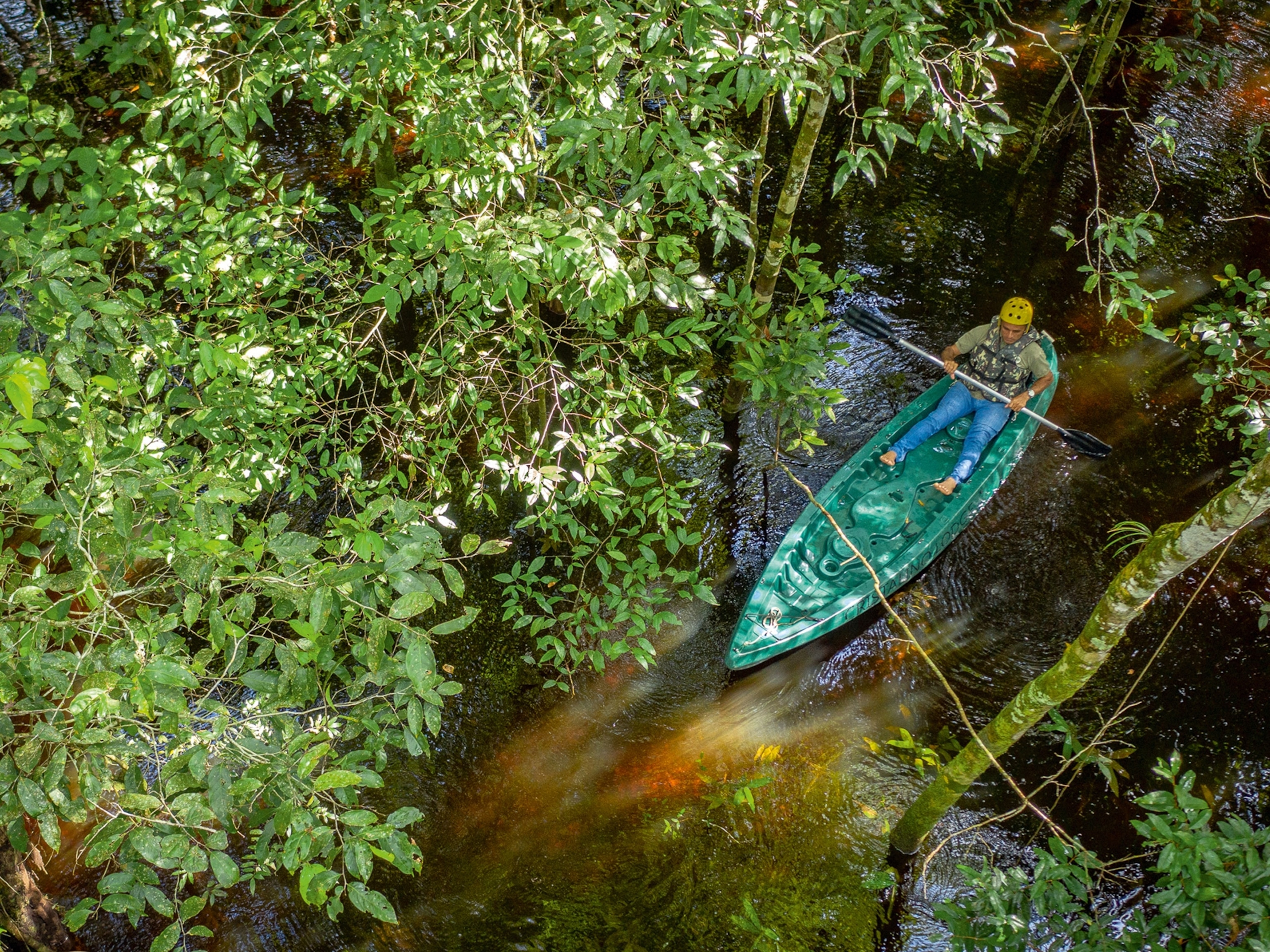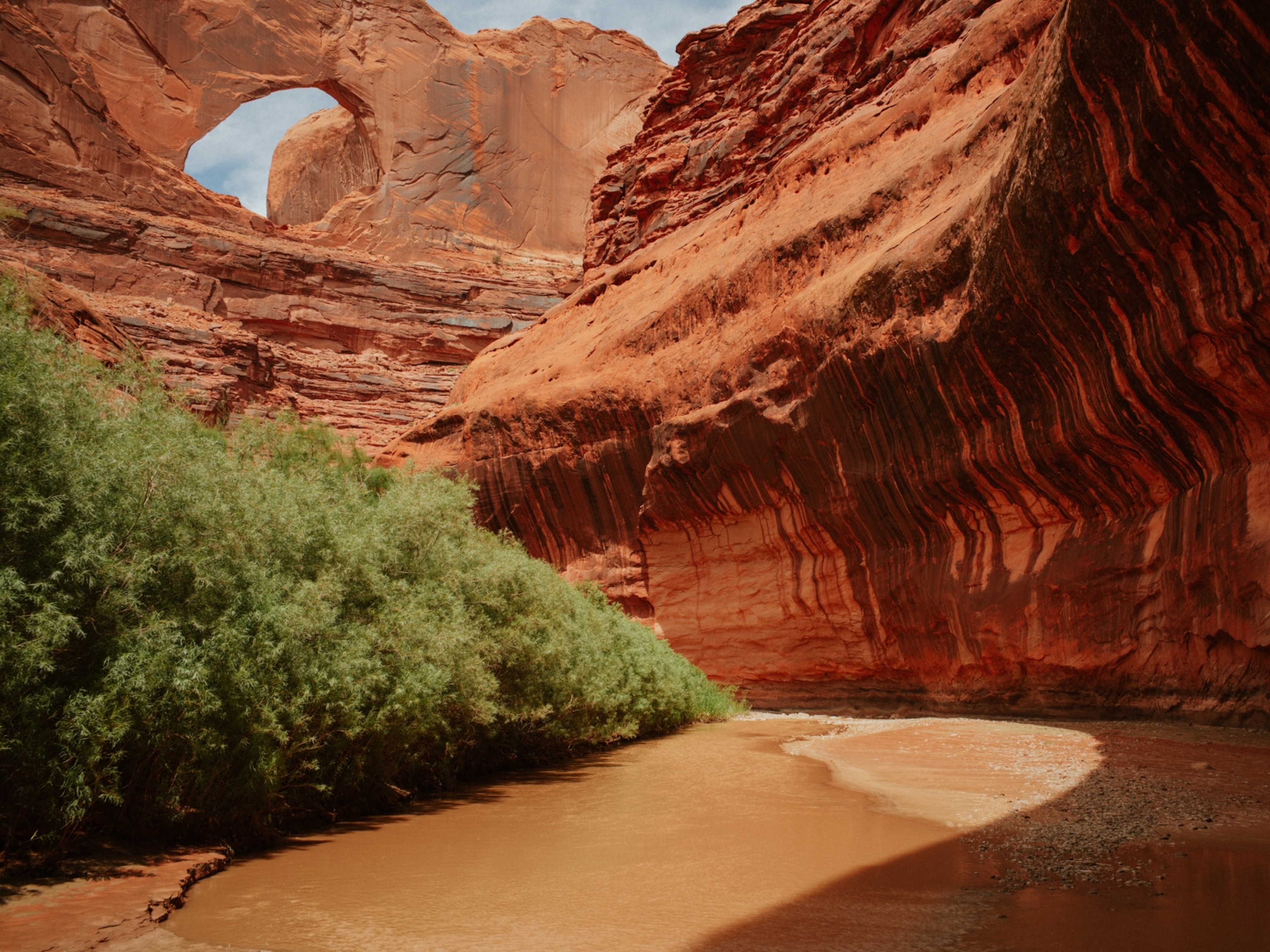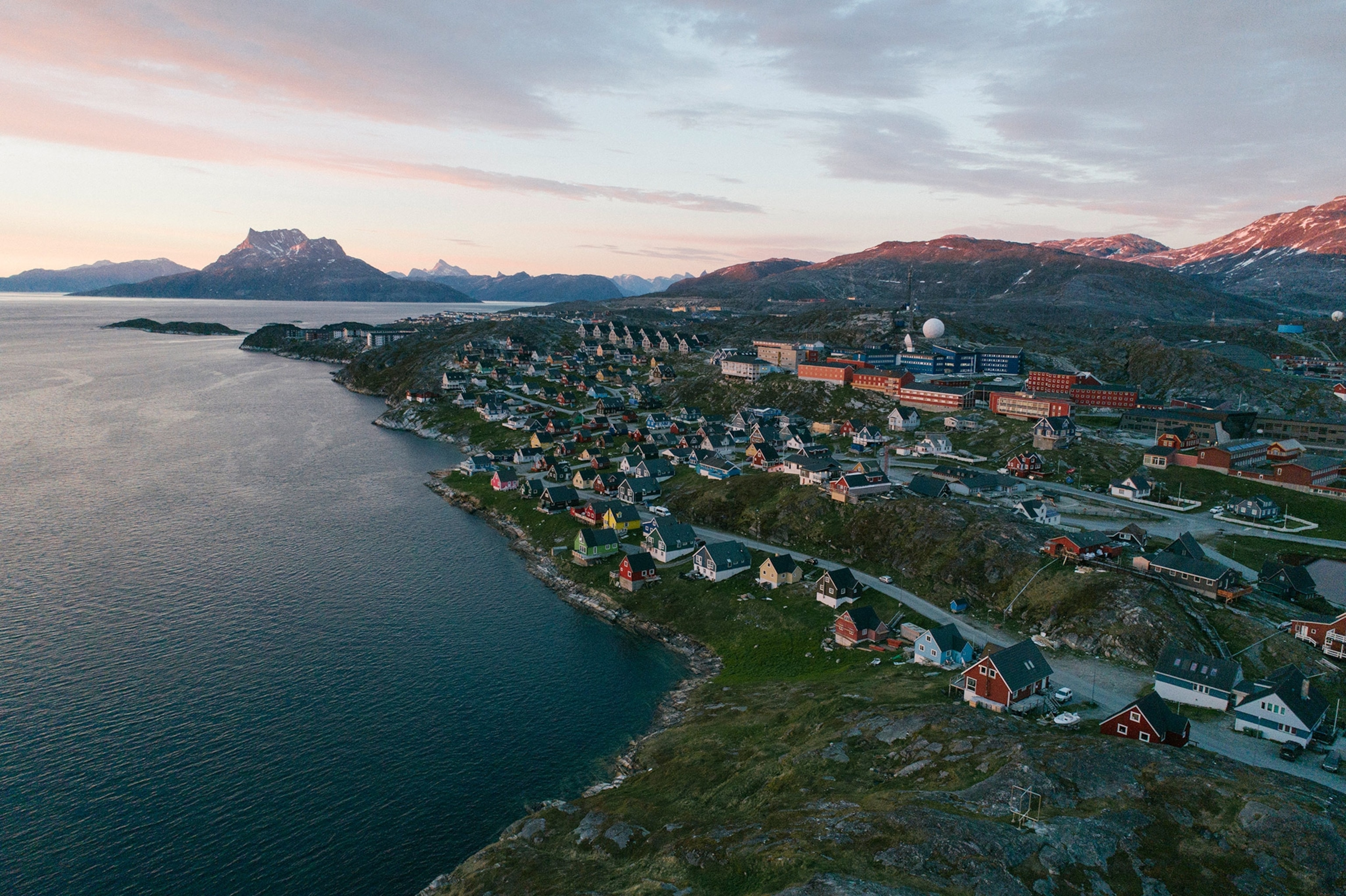
How Greenlanders preserve their heritage through kayaking
After centuries of colonization, Greenlanders are returning to their Inuit roots as they forge a new national identity.
Cloaked in sealskin suits, a flock of kayakers cuts across a steely expanse of frigid water. A close observer might catch signs of modernity in the vessels’ construction and the kayakers’ attire, but from a distance, the image appears timeless.
The world’s largest island, Greenland is a territory of Denmark, with its own government and a large degree of autonomy from the kingdom. Since Greenlanders voted for self-rule in 1979, they have been striving to forge a post-colonial identity. The signs of Danish influence endure, from the Scandinavian-style buildings painted in bold primary colors to the movement from a subsistence economy to a modern market system. But it also includes a revival of one of the most important aspects of the island’s Inuit legacy: the kayak.
Kayaks were once essential to the Inuit people of this region, who used them to hunt seals and other sea mammals for sustenance. Today, the kayak is a symbol of national identity in a modern nation seeking to preserve its heritage, displayed through the annual Greenland National Kayaking Championship.
The kayak is believed to have migrated eastward from Russia and across North America, reaching Greenland as many as 4,000 years ago. There, the locals developed their own style of vessels— constructed from driftwood and sealskin—and their own method of piloting them.
Greenland’s kayakers are particularly known for their proficiency in “rolling” a capsized vessel to emerge once again upright on the water. One of their essential tools is the tuilik, a dry suit made of sealskin that seals around the face and wrists and around the opening of the kayak to prevent water from seeping in.
“Greenland kayaking is very important because it’s considered the origin of modern kayaking,” says Christopher Crowhurst, president of Qajaq USA, the American chapter of the Greenland Kayak Association.
In the mid-20th century, British kayaking enthusiast Ken Taylor brought back a kayak from Greenland that became the model for a new generation of sea kayaks. The new commercially produced kayaks were made from fiberglass but incorporated many of the traditional design elements.
As the popularity of Greenland kayaking spread abroad, Greenlanders themselves organized to revive and preserve the sport at home. In 1984, a group of young Greenlanders formed Qaannat Kattuffiat, a national kayaking association with chapters in villages and towns throughout the territory. The association organizes a national championship competition each year that draws kayakers from around the island and abroad. Enthusiasts take to the seas in vessels made the traditional way, each one handcrafted to fit the body of the owner.
This year, photographer Kiliii Yuyan, documented the championship. A traditional kayak builder of Nanai (Siberian native) heritage, Yuyan has traveled extensively in Arctic regions and curious to visit Greenland for years.
“It was interesting to see how well they’ve really brought back their heritage, their Inuit history, into the sort of globalized modern life that they live now,” he says. “Kayaking is not only a national sport. In a lot of ways, it’s one of the primary symbols of Greenland—a sense of national identity through kayaking.”
How to visit: The National Kayaking Championships are held in a different town every year. The capital is worth a visit year-round—walk through the charming old harbor, visit Greenland’s National Museum, and learn more about Inuit culture at the Nuuk Art Museum.
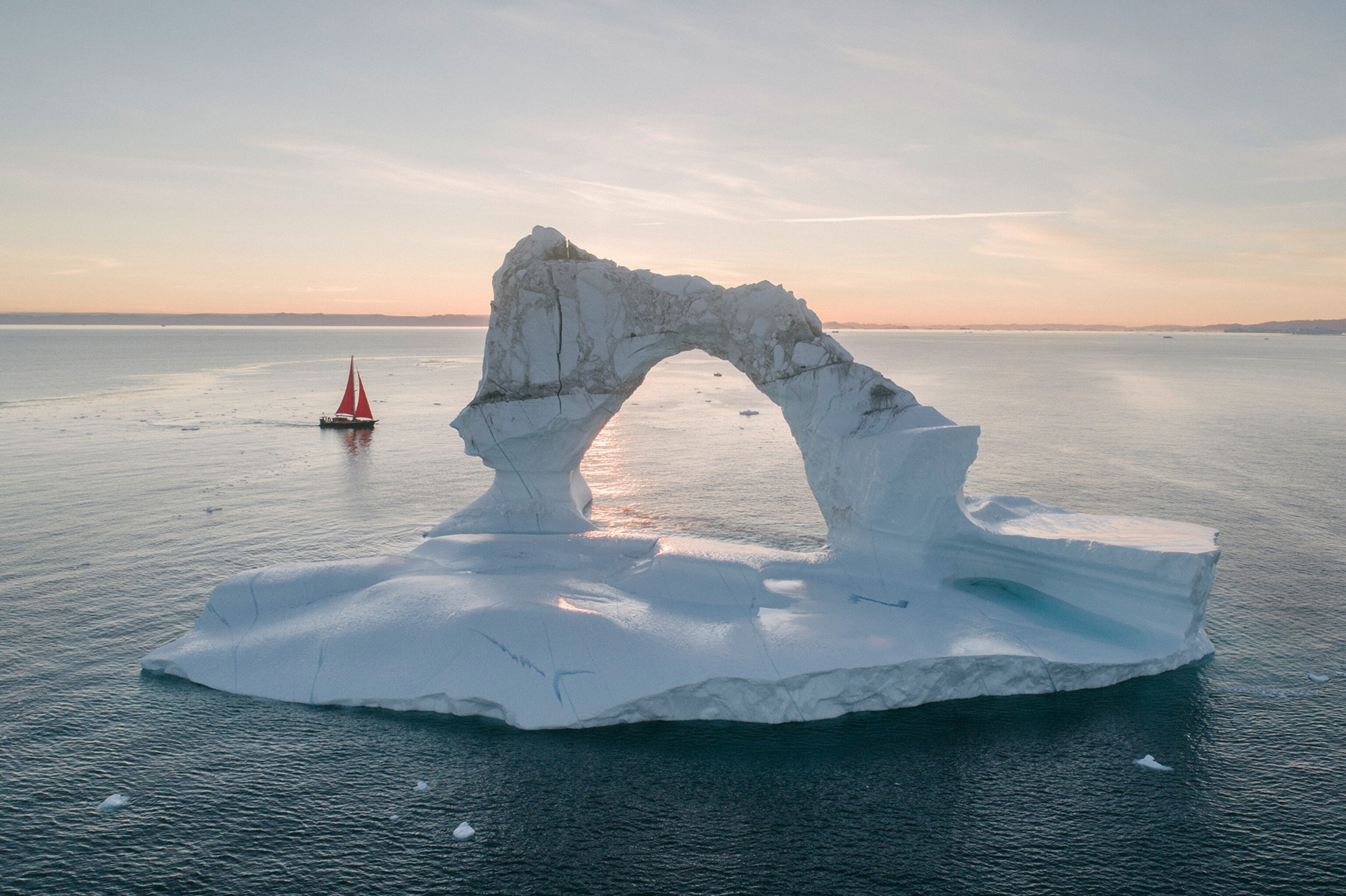
- National Geographic Expeditions
